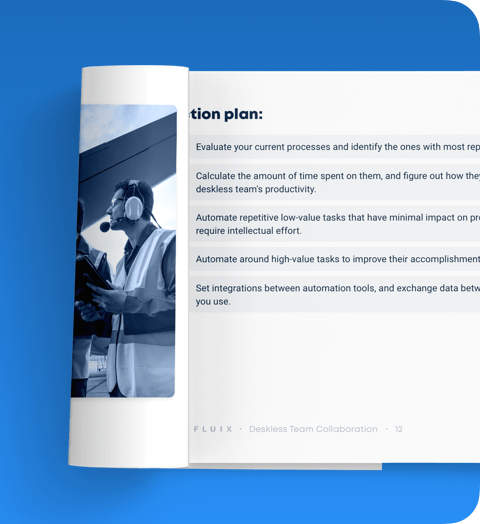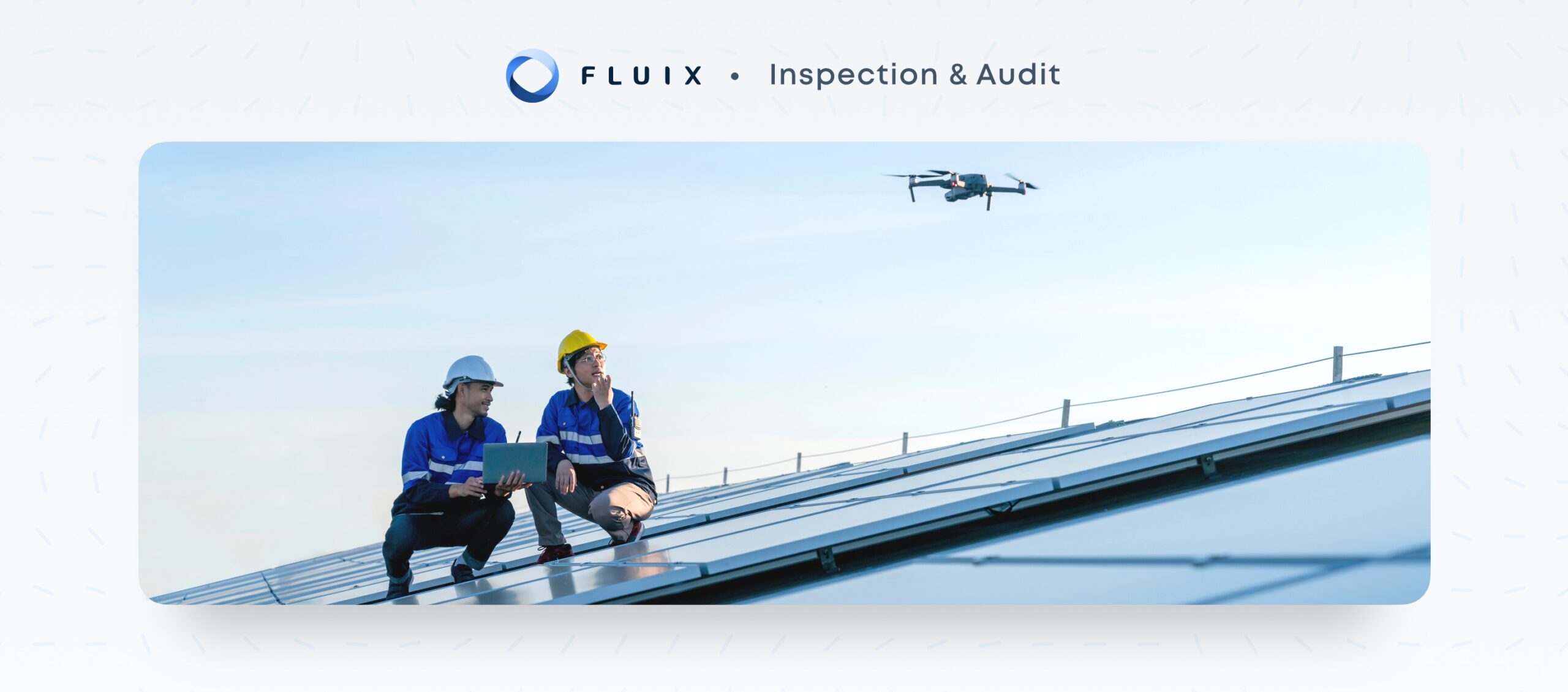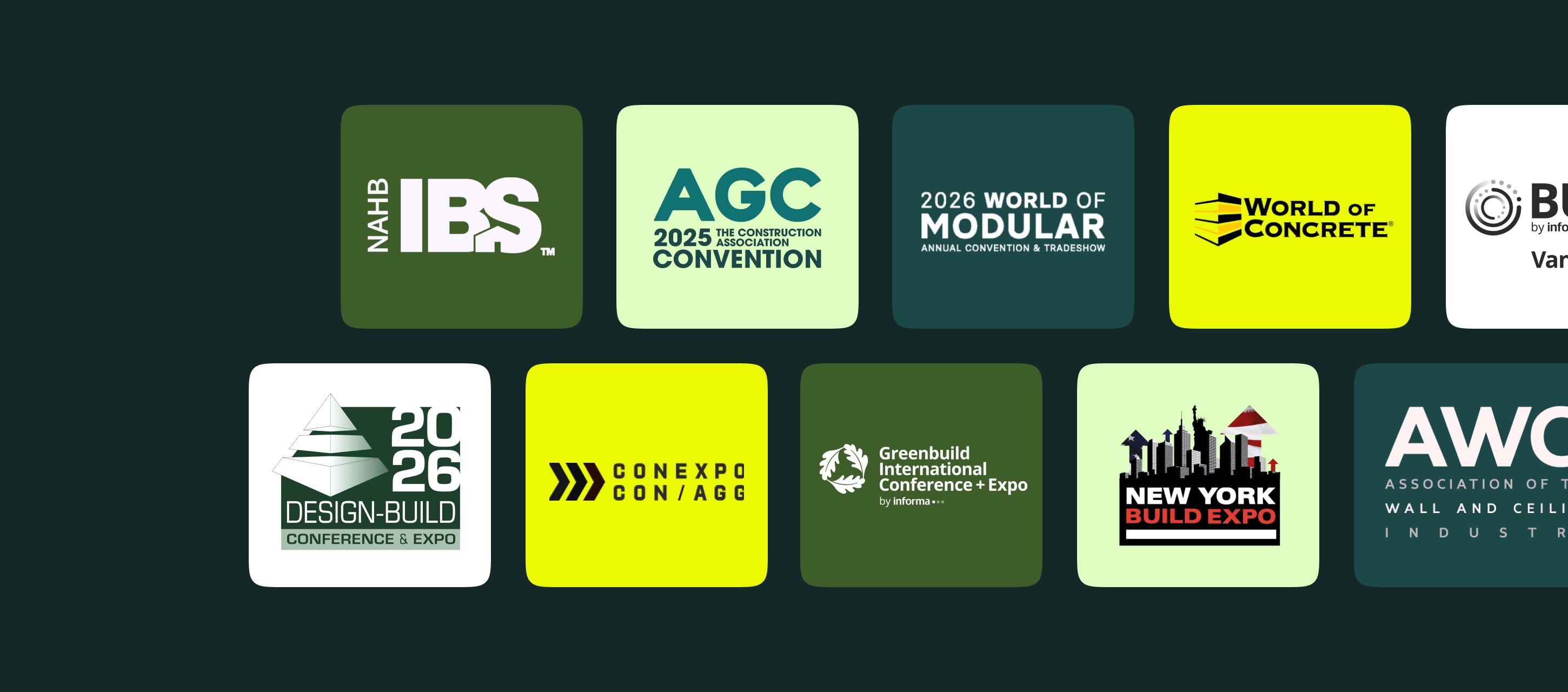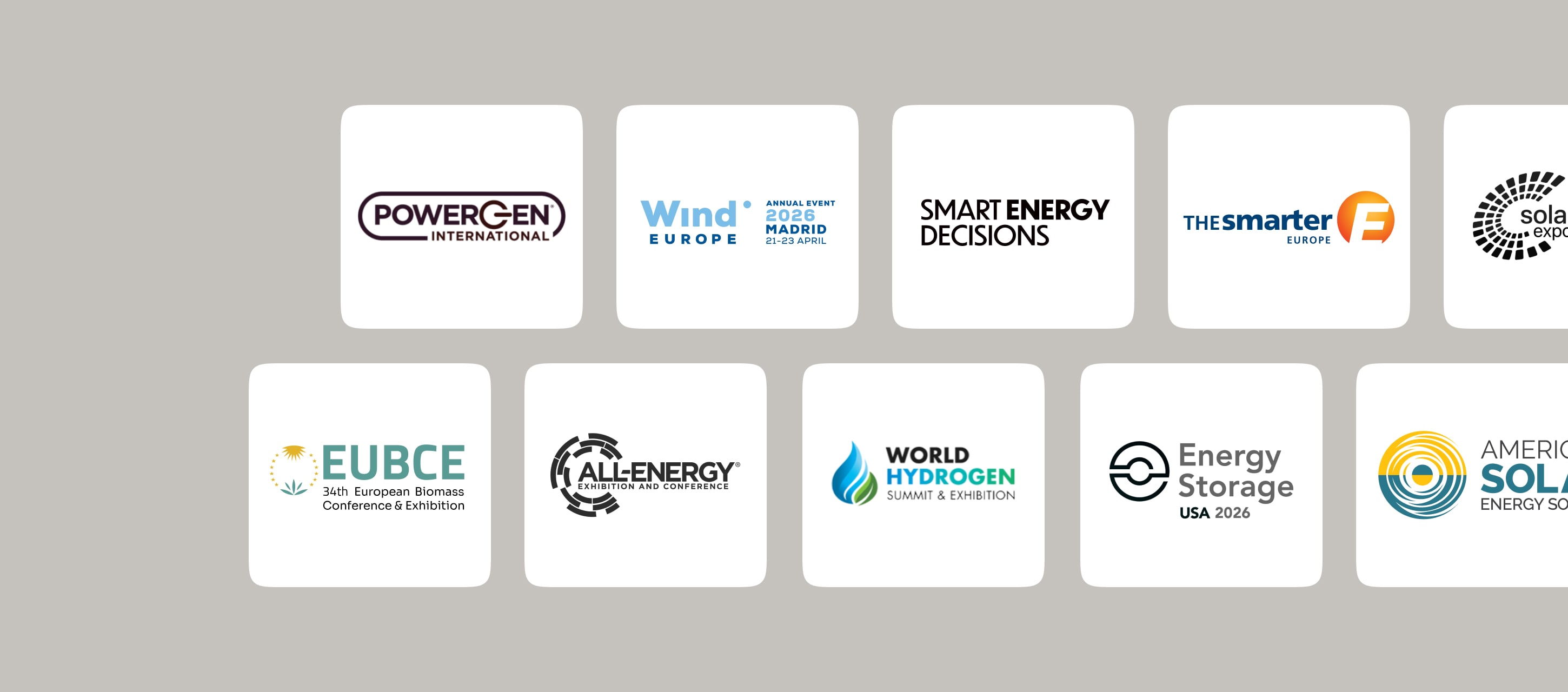Building inspectors and construction, roofing and solar installation professionals can save time and promote safety by using unmanned aerial vehicles to perform roof inspections.
Find out how UAV roof inspections compare to manual inspections and discover four steps to use drones to inspect roofing. Inspectors and professionals should stay apprised of the types of data that drones can gather and be aware of the importance of good drone data management practices.
Roof Inspection With Drone vs. Manual Inspection
A roof inspection conducted with a drone can take a matter of minutes. With a carefully planned or programmed flight path, it is often possible to inspect the entirety of residential and small- to medium-sized commercial or industrial roofing on a single battery charge. Most commercial drones have flight times between 20 and 40 minutes, whereas manual roof inspections can take much longer and also pose fall risks.
Manual inspections call for contacting qualified roofing professionals and scheduling a date and time for an inspection. When professionals arrive on site, they will need to set up a ladder or other equipment for working at height and get on a roof to directly inspect the condition of materials. Inspections of structures that have complex rooflines can take even longer and pose greater risks to safety.
How To Do Roof Inspections With a Drone in 4 Steps
Stakeholders at enterprises that have not yet adopted UAV technology may be daunted by the process of assembling and piloting a drone and then transferring data off the storage media carried by the drone. Here are four steps involved in the use of drones to perform roof inspections.
1. Make a Flight Plan
A flight plan should account for whether a drone will be manually operated by a trained pilot from a ground control station or whether a UAV can be programmed to fly a route indicated on a map or based on GPS coordinates.
2. Launch the Drone
Drones are designed for vertical takeoff and landing and should be readied for flight by charging the battery and calibrating imaging systems and sensors.
3. Execute the Flight Plan
A UAV can be manually piloted or automated to fly a preset flight path to capture footage of a roof and account for ground offset and other factors that impact the accuracy of measurements and calculations.
4. Backup and Process Data
A drone lands at the end of a roof inspection or at the conclusion of each stage of inspecting a large roof to allow for data transfer and processing.
A flight plan should account for whether the entirety of a roof can be inspected in a single trip or whether multiple take-offs and landings will be necessary. Advances in software make UAV roof inspections more accessible to enterprises without trained drone pilots on staff or on call.
Trained UAV operators can still offer advantages to roofing and roof-mounted equipment companies, such as clearer focus, higher resolution imagery, more accurate measurements or readings and footage of specific features.
Best Practices for Deskless Collaboration
- A guide & action plans
- 5 templates
- 10 tools
- 25 reflection questions


Tips for Using a Drone To Inspect Roofs
Drones used to inspect roofing should have battery life sufficient to complete an inspection in a single session. Operators can extend flying time by charging a backup battery, though switching batteries necessitates landing. In addition to battery life, equipment such as cameras, gimbals and sensors should also be selected and calibrated for use in roofing inspections.
Programs that allow for automated drone flight can restrict coverage to a grid, which could pose issues such as over-flying for L-shaped roofs. Creating a flight path that accounts for the shape of a roof and other factors such as ground offset, oblique view and visual orientation goes a long way toward obtaining readily usable footage for inspection.
Advantages of a Drone Roofing Inspection
Using a UAV for roof inspection eliminates the need for roofers or other professionals to get on a roof for the purposes of inspection. If maintenance or repairs to a roof or roof-mounted equipment are needed, professionals can get a clearer sense of the conditions from data gleaned by a drone prior to working at height.
Drone inspections enable roofers and related workers to bring the right equipment to a job. When a manual inspection is necessary, professionals may not be able to anticipate which equipment and tools they will need. Getting a clearer picture of the work that needs to be done can ensure that professionals bring everything they need to complete a job.
Drone Roof Survey Data
Several types of data can be obtained through UAV roof inspections. Here are a few types of survey data that can be made available through drone roof inspections, along with pointers for processing and analyzing each data type:
- Visual: Commercial camera drones and advanced industrial drones can both be set up to capture high-resolution still images and video footage.
- Measurement: Drones equipped with rangefinders and measurement systems can provide accurate measurements quickly while limiting the necessary labor of workers and their exposure to risk.
- Condition: Drone cameras can capture signs of surface damage such as cracks, peeling or missing shingles or other issues that involve roofing materials.
- Thermal: Thermal imaging sensors can be useful for detecting leaks and other problems but are only effective at times when solar heat does not interfere with roof temperatures and light levels are sufficient for visibility.
The equipment installed on a drone will determine the quality of visual data and the options for obtaining other types of data. Ground control system software and industry-specific software solutions featuring artificial intelligence for automating flight paths or detecting common issues that may not be apparent from simply looking at visual footage can enhance the usefulness of the captured UAV data.
Roofing Data Organization and Analysis
In addition to determining which types of data are most useful for a roofing inspection, decision-makers should think ahead to consider methods for organizing and analyzing the information obtained by UAVs. A versatile workflow management system that has code-free automation functionality can help to ensure that data gets stored in the proper locations and can be readily made available for professional analysis and planning maintenance or repairs.
Fluix is a workflow solution that can support integration with a number of applications, including systems used to operate drones and smart roofing applications that feature AI detection functionality.
Digitized and automated workflows can account for processes such as drone inspections and the analysis of aerial footage, making the most accurate and relevant documents and information available to authorized users to allow for faster and smoother approval processes that pertain to work on roofing.
Beneficiaries of Drone Roof Inspections
Roofing professionals and building owners both stand to benefit from the use of UAVs for roof inspections. The risks that working at height poses to roofers are reduced when inspections can be performed without the need to climb on a roof. These professionals can also use data obtained through drone inspections to select the right equipment, materials and tools for completing maintenance or repairs in the most cost-effective and efficient manner.
Building owners who invest in drones for regular inspections can benefit from the ability to perform preventative maintenance. While commercial roof inspections and maintenance should take place at least twice a year, drones make it easier to perform inspections on a more frequent basis, such as after severe weather events occur or as soon as signs of leaks become apparent in a building interior.
There are many advantages to using drones to inspect roofing, particularly for building inspectors and construction professionals. Solar installation technicians can also use drones to determine the best placement for panels to achieve peak generation. Implementing Fluix as a solution for managing drone data reporting and workflows is as critical as selecting the right unmanned aerial vehicle and equipment for conducting roof inspections.





